Budgeting in Animal Farming
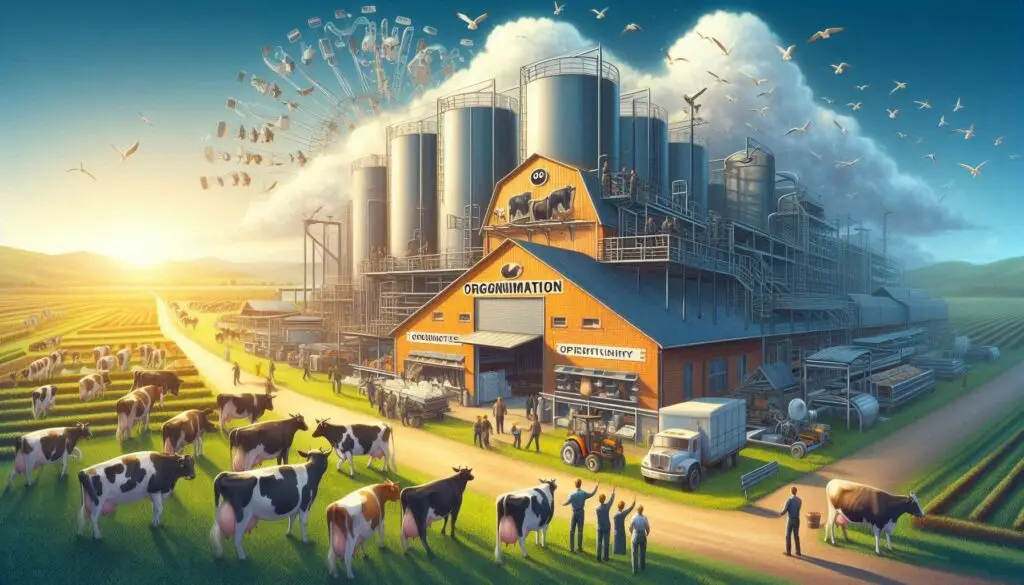
Understanding Budgeting in Animal Farming
Budgeting is a crucial aspect of managing an animal farm. It helps farmers plan their finances effectively, ensuring sustainable operations. A well-structured budget allows farmers to track expenses and income while making informed decisions about resource allocation.
The Importance of Budgeting
Effective budgeting provides several benefits:
- Financial Clarity: Farmers gain a clear picture of their financial situation.
- Risk Management: Identifying potential financial risks becomes easier.
- Future Planning: Budgets help forecast future income and expenses.
Types of Budgets in Animal Farming
There are several types of budgets that farmers can use to manage their operations effectively.
1. Enterprise Budgets
Enterprise budgets focus on specific livestock or products. They detail expected income and costs associated with raising animals. For example, a beef cattle enterprise budget will include:
- Income from Sales: Revenue from selling cattle.
- Variable Costs: Expenses that change with production levels, such as feed and veterinary care.
- Fixed Costs: Costs that remain constant regardless of production levels, like facility maintenance.
You can find more detailed information on enterprise budgets in this Penn State Extension article.
2. Partial Budgets
Partial budgets evaluate the financial impact of specific changes in farm operations. They help analyze decisions like adopting new technologies or changing production practices. Key components include:
- New Costs: Additional expenses incurred from the proposed change.
- Lost Income: Current income that may decrease due to the change.
- Additional Income: New revenues generated by the change.
For more insights on partial budgeting, refer to this article from Breedr here.
3. Whole-Farm Budgets
Whole-farm budgets provide an overview of all income and expenses across the entire farm operation. This type of budget is essential for assessing overall profitability and planning for major investments.
4. Cash Flow Budgets
Cash flow budgets track cash inflows and outflows over time. They help farmers manage liquidity by ensuring funds are available for operational needs.
Steps to Create a Farm Budget
Creating an effective budget involves several key steps:
Step 1: List All Expenses
Document all costs associated with animal farming, including feed, healthcare, labor, and equipment maintenance.
Step 2: Estimate Income
Forecast potential revenues from livestock sales or other products.
Step 3: Compare Income and Expenses
Analyze whether projected income exceeds expenses; adjust plans as necessary.
Step 4: Plan for Savings
Allocate funds for unexpected expenses or future investments.
Best Practices for Effective Budgeting
To ensure effective budgeting in animal farming, consider these best practices:
1. Regularly Update Budgets
Keep your budgets current by regularly reviewing and adjusting them based on actual performance.
2. Analyze Past Performance
Use historical data to create accurate projections for future budgets.
3. Utilize Budgeting Software
Consider using farm budgeting software to streamline the process and improve accuracy. Many software options are available that can save time and enhance efficiency; you can explore some options here.
Challenges in Farm Budgeting
Despite its importance, budgeting can present challenges:
1. Fluctuating Prices
Market prices for livestock can vary significantly, impacting revenue projections.
2. Unexpected Expenses
Unforeseen costs can disrupt even the best-laid budgets.
3. Time Constraints
Budgeting can be time-consuming, taking away from day-to-day farm operations.
Conclusion
Budgeting is essential for successful animal farming. By understanding different types of budgets and following best practices, farmers can manage their finances more effectively. This proactive approach not only ensures sustainability but also enhances profitability in the long run.
More from Livestock Production and Management:
https://wiseias.com/feeding-regimes-livestock/

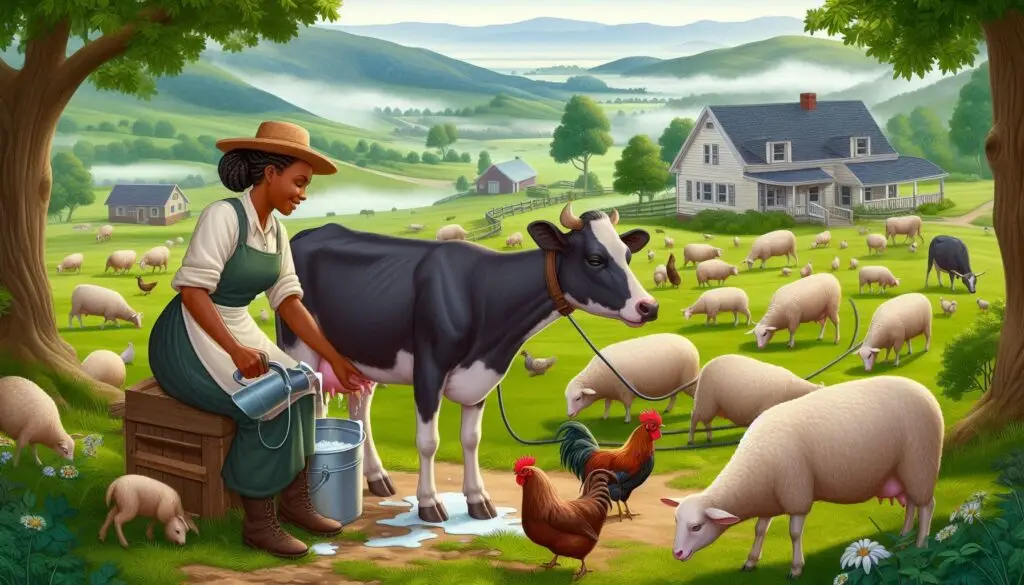
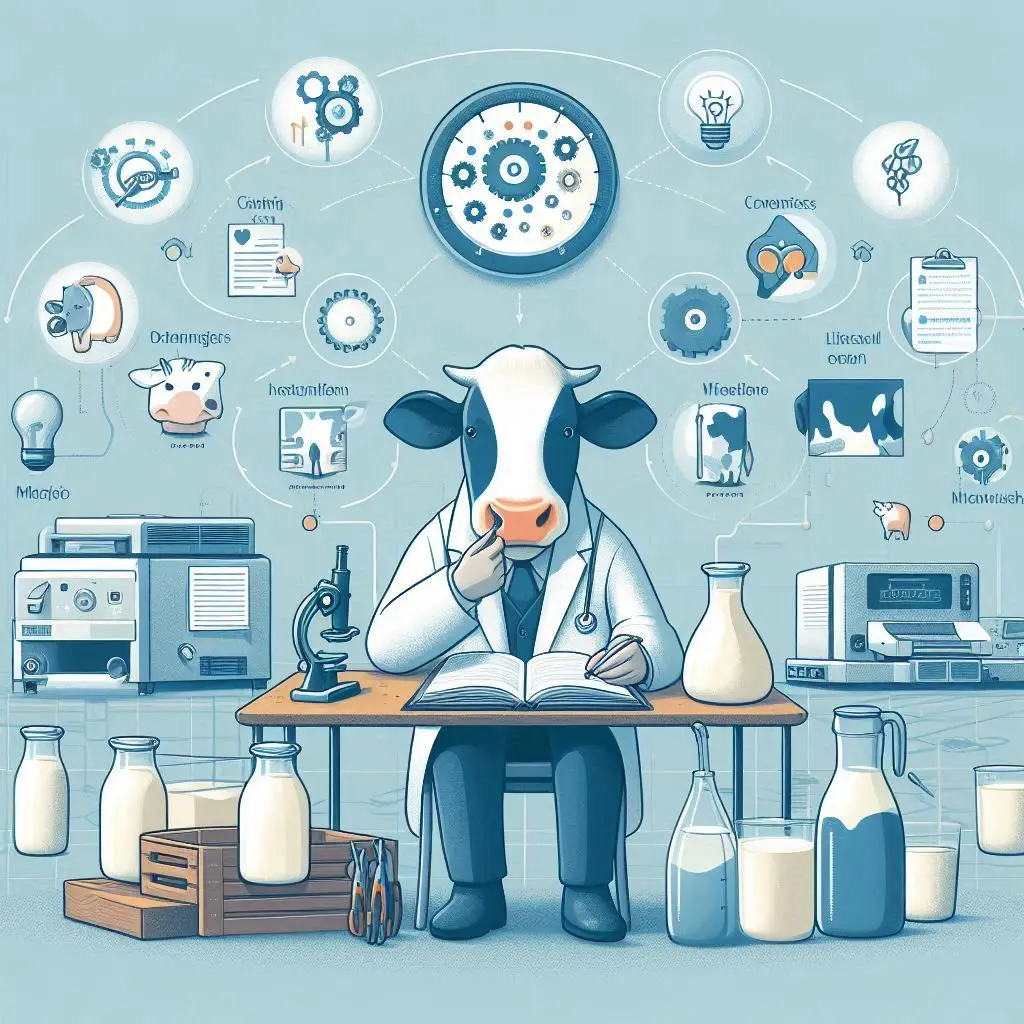

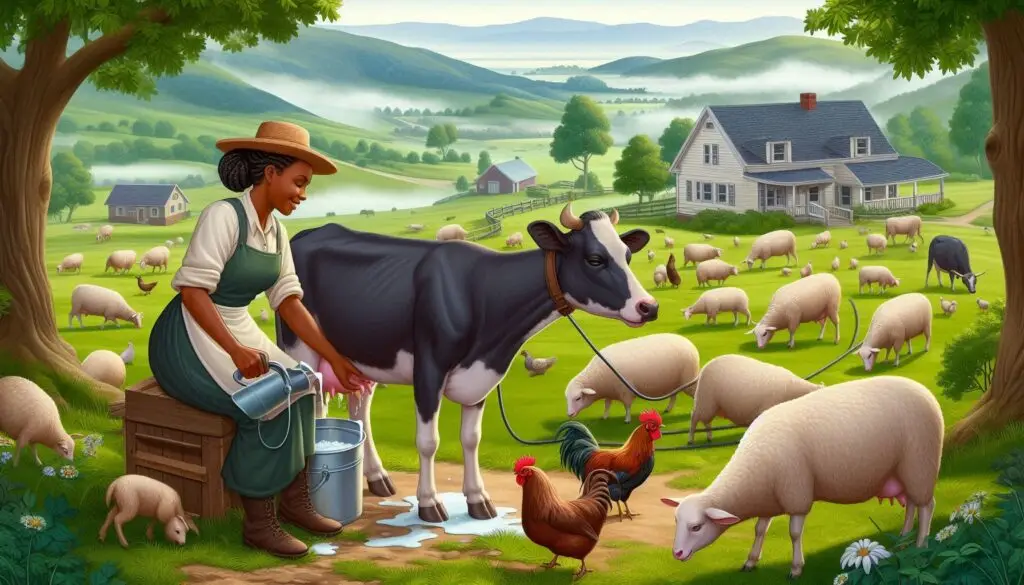
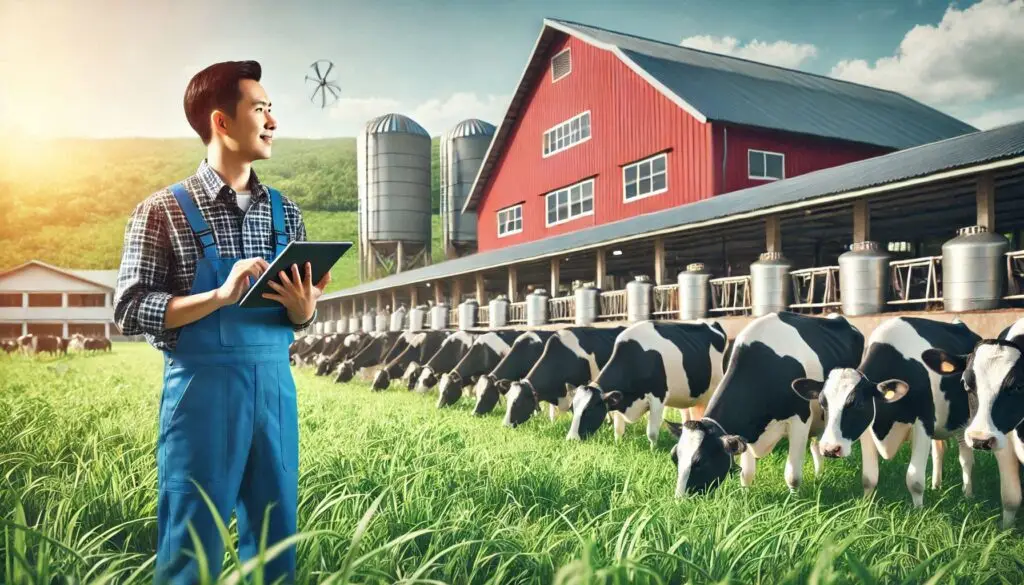
Responses